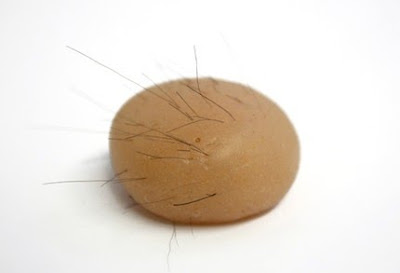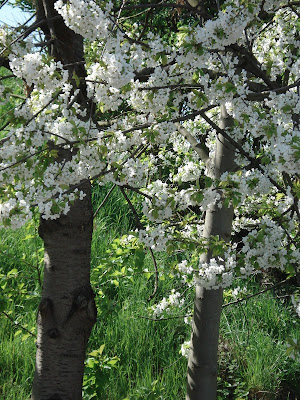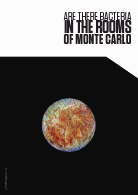Het jaar is nog maar net begonnen, maar de aankondigingen voor conferenties na de zomer vliegen je al om de oren. Een interessante, zowel voor filosofen, kunstenaars als wetenschappers, is de conferentie
ARTificial life? Performativity between science, media, and art. Deze wordt van 2-4 september georganiseerd in Trento, Italie, door de European Association for the Study of Science and Technology.
Zou je hier een presentatie willen geven, van een kunstwerk of artikel? Dat kan! Hieronder staat de 'call for presentations' van de organisatie, en hoe je je kunt aanmelden voor 15 maart.
Call for presentationsArt as well as science strive to understand and grasp the world, they
consider the nature of things, the coming into being of objects, the many
ways in which life is performed. Science and art communicate and interact,
they influence and "co-create" each other and- as we assume - reciprocally
depend on each other.
In recent years this relation has become more manifest. As scientific
thoughts left the labs, researchers entered the cultural world. The spectrum
of such cultural activities encompasses exhibitions or museums (e.g. European
Science Fair, science museums); it embraces science fiction literature by
physicians turned into prominent writers (like Michael Crichton or Carl
Djerassi) and goes way beyond turning the scientific world mundane in TV
series such as CSI.
At the same time, various artists have started to reflect about scientific
practices. While certain artists considered their work as research, others
began to work with scientific objects (e.g. Mark Dixon, Richard Barnes with
natural history collections, dioramas and stuffed animals). Some now go about
to explore the leftovers of a scientific society (like Scott Hocking who
tells Latourian fotoromanzas of homeless scrappers, picking up the material
leftovers of a technoscientific society), or comment on biomedical
technologies (like the Indian artist Shilpa Gupta with her web-installation
on the international organ trade).
These works and commentaries highlight scientific trends especially in
biomedicine and biotechnology in a twofold manner: Artists as well as
scientists continuously contribute to cultural practice, to political and
social statements, while they challenge assumptions about what it means to
produce scientific or artistic knowledge.
In our stream we would like to discuss the roots, agents and purposes of this
practices by a deeper going analysis of concrete examples (from literature,
new media, movies, classical and modern art, exhibitions). We will also ask
how science and art are performed and what they precisely transform when they interact and we wonder whether and if so how methodologies, contents,topics,and researchers themselves are altered. Furthermore, we are interested in socio-cultural analyses of how these interactions might influence the relationship between science and society, or understandings of expertise and lay knowledge and, last but not least, what scientific research may be about.
We, therefore, invite scholars from all disciplinary strands as well as
artists with an interest in these questions to give a talk or a presentation
of a work of art that we could show and discuss during the stream.
Abstracts of no more than 500 words should be sent by email, see instructions on this website: http://events.unitn.it/en/easst010/abstract-submission.









.jpg)



